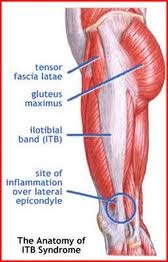Tips to maintain exercise motivation
With the weather warming up and daylight saving starting it’s time to get into exercise and enjoy the sunshine!
Here are some tips on how to stay motivated this season:
- Participate in exercise you enjoy. You don’t have to take up soccer or netball, lace up your sneakers and go out for an evening stroll with a friend.
- Exercise with a friend. Nothing helps accountability more than keeping a friend waiting at the gym or park.
- Get into some tunes. Not only is it more enjoyable exercising to music but in a recent study participants were able to exercise for 20% longer and consumed less oxygen when listening to music.
- Make it social. If exercising is not your thing, get involved in a social group that does rockclimbing or ten-pin bowling and you will forget you are even exercising!
- Pay someone. At the end of the day sometimes we need someone to motivate us. Enrol in group training or personal training sessions and before you know it you will be fighting fit.
- Routine, routine, routine. Nothing helps more than forming a habit. Once you have your exercise regime stick with it!

